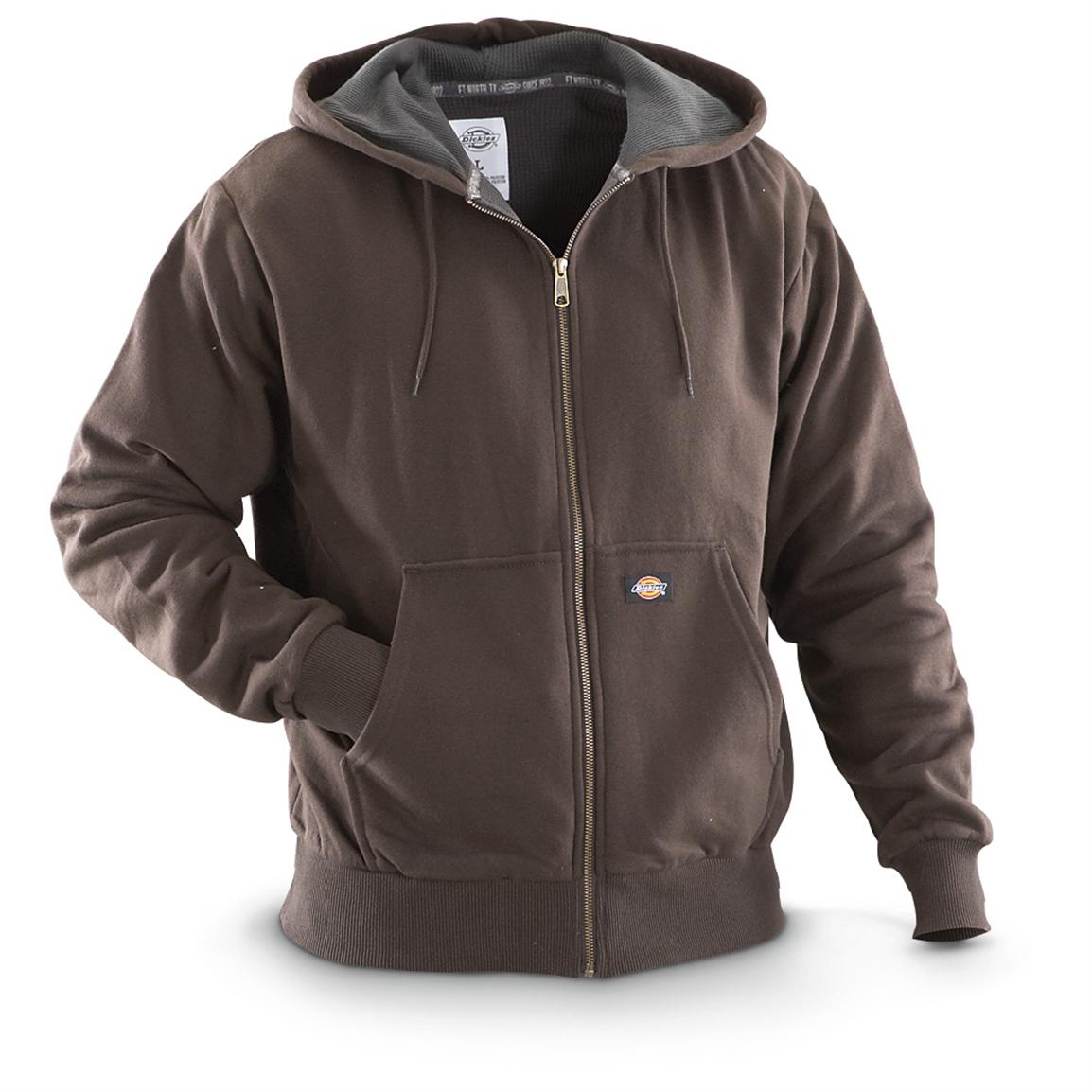What to Consider When Selecting the best Sweatshirt

Sweatshirts are long-sleeved, pullover garments made of thick cotton cloth. They are usually used for casual wear and aren't so formal as sweaters and cardigans. They might not come with the or hood. If sweat shirts interested in purchasing a sweatshirt, here are some suggestions:
The appeal of Norma Kamali was spread by the use of sweatshirts
Since the end of the 70s the Norma Kamali brand has been turning the humble sweatshirt into an art. Her designs are now an essential part of every woman's closet. Her unique designs range from a tummy-tucking crew neck , to leather paneled sweatshirts. Her clothing is also designed in unusual designs, like an oversized tank top that has a long trumpet skirt.
A collaboration between the designer and the sweatshirt maker Everlast gave rise to her Timeless line, which became extremely popular when it appeared in Spiegel's spring 2006 catalog. The collection featured convertible and interchangeable knits with classic designs and many of the pieces were priced at less than $20. Even the Kamali's Timeless collection wasn't available in stores, fans were able to find the designs for sale on eBay and Poshmark.
Merino wool sweatshirts feel more comfortable than soft sweatshirts

Merino wool is known for its ability to wick moisture away that help keep you comfortable and dry. This is a naturally-occurring fibre that also has a smoother feel. The fabric also dries quickly compared to other natural material. Furthermore, merino is a renewable resource. The merino sheep shed their coats each year and grow new coats.
The warmth-to-weight ratio of merino wool makes it popular for sweatshirts. It assists in regulating body temperature thanks to its natural loft, which traps heat between the fibers. This is why Merino wool sweaters are great for outdoor activities in the summer, such as mountain biking, hiking and running. The warmth they offer helps keep the wearer cool and dry, which is important for working out.
Zip-front hoodies come with a kangaroo pocket
Kangaroo pocket Hoodies are a very popular type of hoodies. They feature a big pocket on the front, that keeps your hands warm on cold days. They are additionally more practical than conventional pockets because they permit the hands to slide in and out effortlessly.
Kangaroo pockets are usually large enough to hold an entire wallet, as well as other small personal items. They're typically large enough to accommodate a small hand, and can even be sufficient to hold two hands. They have wide openings on either side , and make them ideal for carrying small objects.
French terry fabric is a well-loved fabric for sweatshirt s.
The French Terry fabric is composed of soft yarns knit into loops and are usually midweight. https://postheaven.net/creekflame8/what-things-to-consider-when-deciding-on-the-correct-sweatshirt is also renowned as a fabric that wicks moisture and is pre-shrunk. French Terry is a fantastic option for sweatshirts as it will keep you warm when you're in need and also keeps your cool when you want to cool off.
French Terry is also very popular for loungewearbecause it is stretchy enough and has enough flexibility to feel comfortable against your skin. It also allows air to circulate throughout the fabric, making it perfect for layering under other clothes. In addition, because it is lighter than other sweatshirts, you can wear it all through the year without feeling too hot or cold.
Hoodies can be classist.
While it could appear that hoodies are an appropriate clothing item for those who are working class, the reality is that they have a classist connotation. Hoodies first became used in the early 1970s in New York, where graffiti artists would wear them to conceal their identities. In 1976 Hoodies made their main film debut in "Rocky," when the protagonist of the film was a working class man in gray sweats that were hooded during his memorable climb up the steps of the Philadelphia Museum of Art.
Hoodies are frequently linked to death, destruction and other negative things, and yet they also serve practical purposes. For instance, monks and priests may wear hoods to show respect and a sense of self-control.
